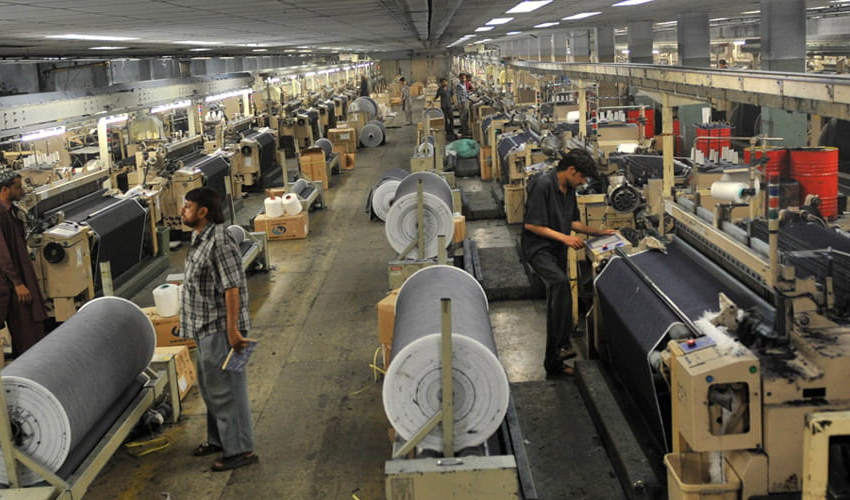Pakistan's textile exports, a crucial component of its foreign exchange earnings, faced a significant setback in August, dropping by 6 percent year-on-year to $1.48 billion, according to industry data.
The decline is attributed to high energy costs and a liquidity crunch, which have eroded the sector's competitiveness.
The All Pakistan Textile Mills Association (APTMA) reported that textile exports for the first eight months of the calendar year 2023 witnessed a substantial decline of 19 percent, totaling $10.58 billion, down from $13 billion during the same period in 2022.
However, there was a glimmer of hope in August as textile exports improved by 13 percent on a monthly basis, compared to the $1.31 billion recorded in July. July had seen a decline of 11.44 percent year-on-year.
APTMA cites energy tariff
The APTMA has previously attributed the decline in textile exports to various factors, including the withdrawal of the Regionally Competitive Energy Tariff (RECT), high interest rates of 22 percent, the elimination of the zero-rating facility for the sector, and delays in sales tax refunds.
Furthermore, the implementation of Pakistan's Textiles and Apparel Policy 2020-25, which aimed to enhance exports by providing market-driven exchange rates, tariff rationalization, and stable energy supplies at competitive rates, has faced significant challenges.
Commerce minister aims for $25bn
Caretaker Federal Minister for Commerce and Industries and Production, Gohar Ejaz, who is also the patron-in-chief of APTMA, has set an ambitious target of $25 billion in textile exports for the current financial year, surpassing the $16 billion target from the previous fiscal year.
In a broader economic context, Pakistan's total exports showed signs of recovery in August, with the pace of decline slowing to single digits. Exports decreased by 4.8 percent compared to the same month the previous year but increased by 14.27 percent over the previous month. Imports also experienced a significant decrease of 25.8 percent year-on-year but increased by 21.16 percent month-on-month.
The trade deficit in August was reduced by 40.4 percent to $2.13 billion from $3.57 billion in the same month the previous year. July's trade deficit stood at $1.64 billion.
For the first two months of the fiscal year 2023-24 (July-August), exports decreased by 6.4 percent to $4.43 billion, and imports decreased by 24.75 percent to $8.2 billion compared to the same period in the previous fiscal year. During the corresponding two months last year, exports were $4.73 billion, and imports were $11.04 billion. The trade deficit during this two-month period was reduced by 40.3 percent to $3.76 billion from $6.3 billion in the previous year.



























